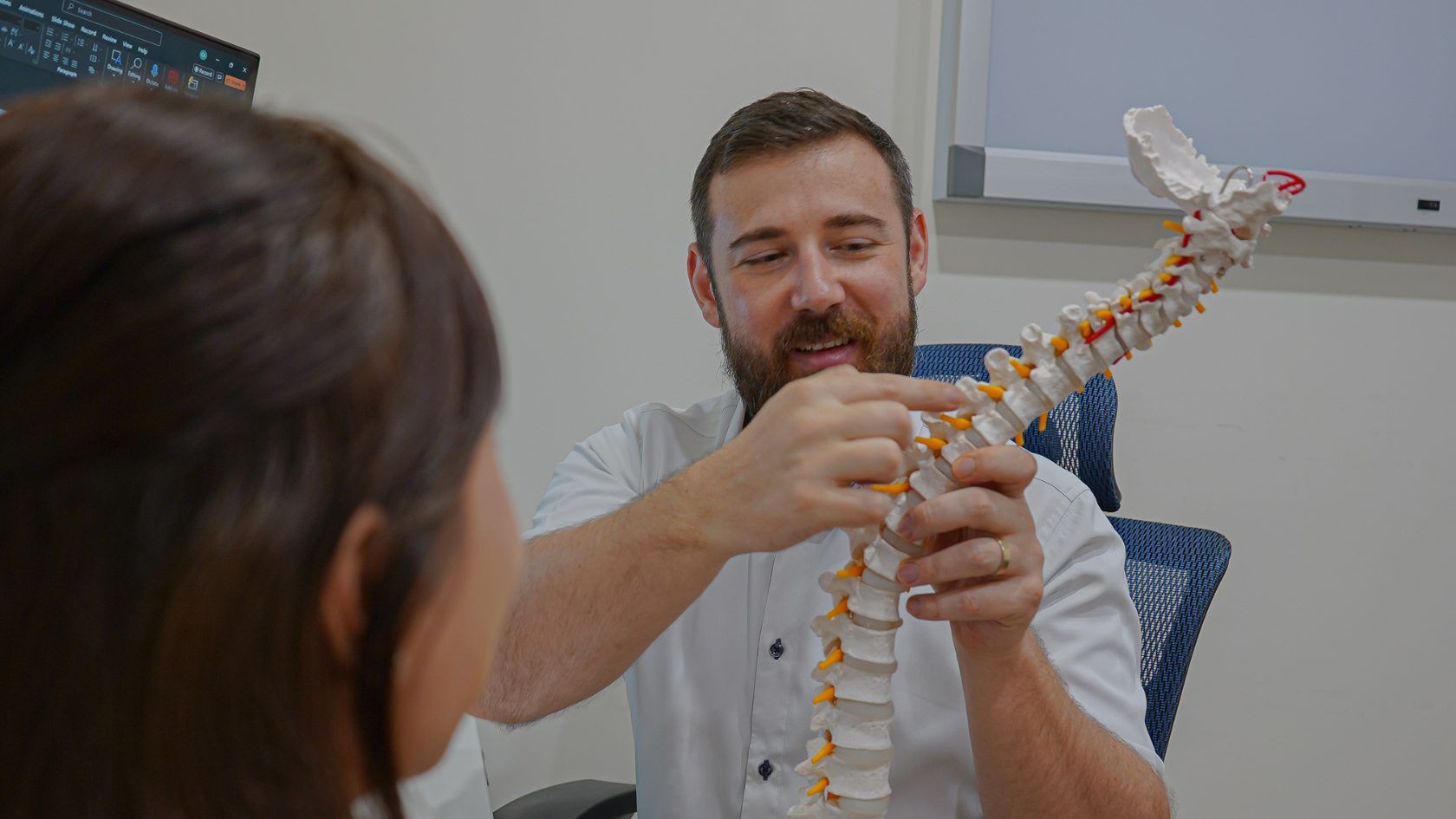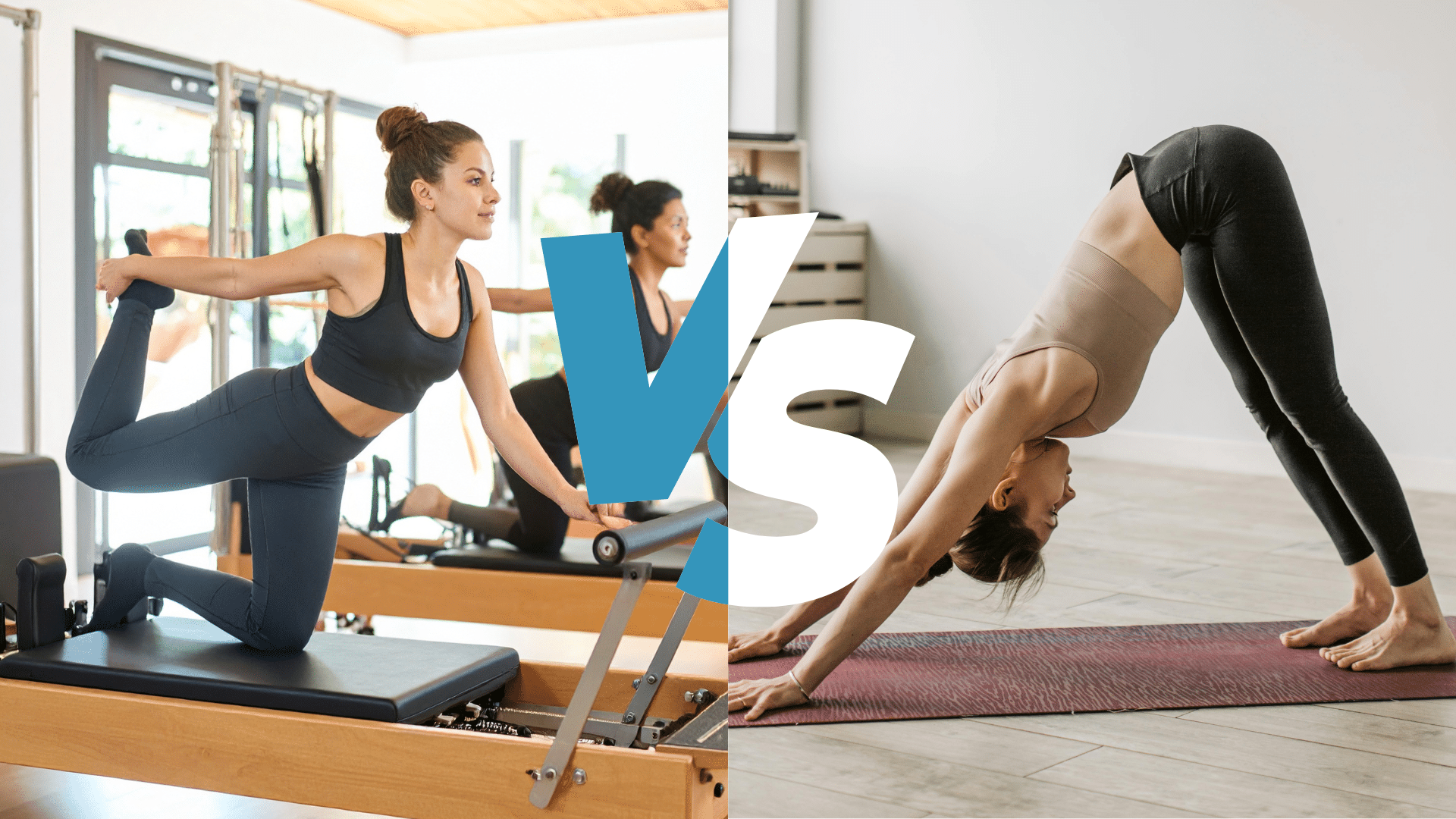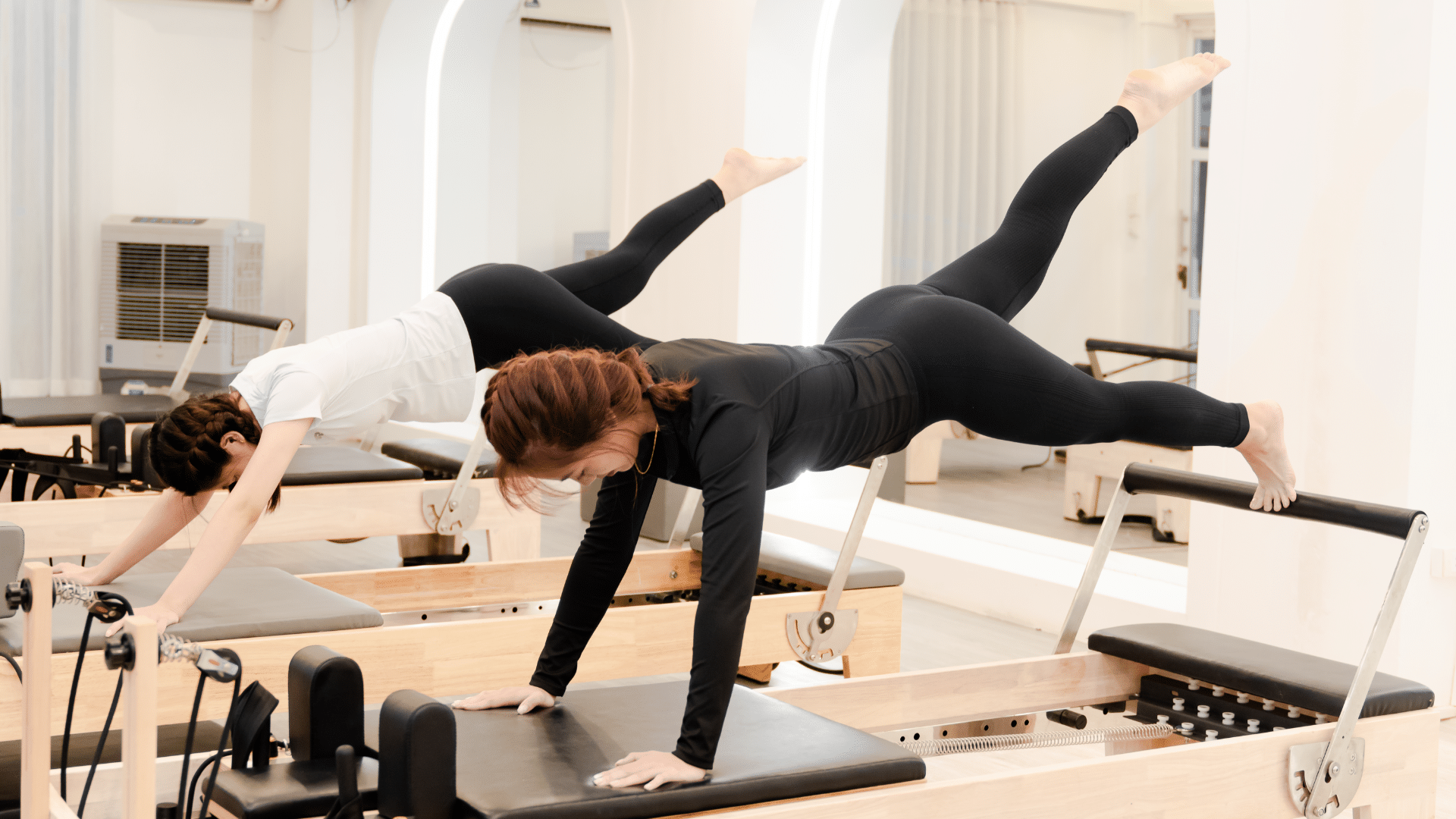Do you often experience neck stiffness or back pain after a long binge-watching session? Your TV setup could be to blame! The height of your TV console plays a crucial role in maintaining good posture and preventing unnecessary strain. But that’s not all — choosing the right sofa also matters. The depth, height, and firmness of your seating can significantly impact your spinal alignment and overall comfort.

Whether you prefer the sleek elegance of a wall-mounted console or the flexibility of an extendable one, pairing it with a well-designed sofa can make all the difference to your posture and long-term health. But what is the ideal TV height? And how does your seating choice affect your body?
Let’s explore expert-backed tips to optimise your setup, reduce discomfort, and make your viewing experience both enjoyable and ergonomic.
Why TV Console Height Matters More Than You Think
Have you ever found yourself slouching or craning your neck while watching TV? It might seem harmless at first, but over time, poor posture can take a serious toll on your spine and muscles. Hours of improper positioning can lead to persistent neck and back pain, muscle tension, and even long-term postural issues.
Chiropractors emphasise the importance of aligning your TV screen with your natural eye level—whether on a TV console or a wall-mounted setup—to minimise strain and promote better posture. But beyond just comfort, proper TV placement has a direct impact on your musculoskeletal health, reducing the risk of aches, stiffness, and spinal misalignment.

How to Decide on Your TV Console Design
Choosing the right TV console isn’t just about aesthetics—it plays a key role in your comfort, posture, and overall viewing experience. The ideal design should complement your space, provide functional storage, and most importantly, support proper TV placement to prevent neck and back strain. Here’s a guide to help you make the best choice:
1. Consider Your TV Placement and Height
- Wall-Mounted vs. Free-Standing Console – If you have a wall-mounted TV, a lower console works best to keep the space open and balanced. If your TV sits on the console, ensure it aligns with your eye level when seated.
- Ideal Viewing Height – Your TV screen’s centre should be at or slightly below your natural eye level when sitting comfortably.
2. Choose the Right TV Console Size
- Width & Proportion – A TV console should be wider than your TV for a balanced look. A general rule is to choose a console that’s at least 6–12 inches wider than your TV.
- Height & Depth – A typical TV console height ranges from 50–60 cm (20–24 inches), but this depends on your seating height. The depth should provide enough space for media devices without making the area feel cramped.
3. Match the TV Console to Your Seating Arrangement
- Sofa or Chair Height – If your sofa has deep cushions or a reclined backrest, you may need a slightly lower console to maintain a comfortable viewing angle.
- Viewing Distance – The distance between your seating and TV affects your ideal console height. For larger screens, a lower console may work better to reduce strain.

4. Select the Best Style and Material for your TV Console
- Floating/Wall-Mounted Consoles – Modern and space-saving, these consoles create a sleek, minimalist look. However, they require proper installation and cable management.
- Traditional Standalone Consoles – Ideal for those who prefer extra storage for media devices, books, and decorative pieces.
- Adjustable/Extendable Consoles – Great for versatility, these designs allow you to modify the length based on room size and layout changes.
- Material Matters – Choose durable materials like solid wood, engineered wood, or metal, depending on your aesthetic preferences and durability needs.
5. Prioritise Functionality and Storage of Your TV Console
- Built-In Storage – Drawers, cabinets, and open shelving help keep clutter at bay while offering space for gaming consoles, remotes, and decor.
- Cable Management – Look for consoles with built-in cable holes or concealed compartments to keep wires organised and out of sight.
- Ventilation for Electronics – If you store media devices inside cabinets, ensure there’s enough airflow to prevent overheating.
6. Adapt Your TV Console to Your Home Layout and Lifestyle
- Small Spaces – Opt for a sleek, compact console or a wall-mounted design to free up floor space.
- Open Concept Living Rooms – A longer, lower console can define the entertainment area while blending seamlessly with the rest of the room.
- Multi-Functional Use – If your TV area doubles as a workspace, consider a console with extra shelving for books or decorative storage baskets.
By choosing the right TV console design, you’re not just enhancing your living space—you’re also improving your comfort and posture. A well-thought-out setup ensures that every movie night, gaming session, or casual TV time is as enjoyable as it is ergonomic.
Posture Perils of Improper TV Console Heights
Still not convinced? Let’s consider the real-world implications of ignoring proper TV console height. Chiropractic experts warn that improper screen positioning can lead to:
- Neck Pain: Constantly craning your neck can result in long-term discomfort and stiffness.
- Back Issues: Slouching to view a poorly positioned screen can lead to poor spinal alignment.
- Eye Strain: Looking up or down at the screen for hours can fatigue your eyes, causing headaches.
- Posture Problems: Repeated bad posture while watching TV can create imbalances in your spine and joints.

Tips for Optimising Your TV Console Setup
Beyond just TV console height, here are a few additional tricks to make sure your setup is as chiropractor-friendly as possible:
- Choose the Right Sofa: Invest in ergonomic seating to support good posture while you relax.
- Take Breaks: Stand up, stretch, and move around every hour to keep muscles from stiffening.
- Watch the Lighting: Proper ambient lighting will help reduce glare and prevent eye fatigue.
Optimising Comfort: Spinal Health Beyond Your TV Console Setup
Adjusting your TV console for the perfect viewing height is a great start, but your spinal health plays an even bigger role in long-term comfort. Chiropractic care helps support good posture and relieve discomfort that can arise from prolonged sitting or an improper setup. By taking care of your spine, you can fully enjoy your TV time without unnecessary strain.

Benefits of Chiropractic Care for TV-Related Posture Issues
- Alleviates Neck and Back Pain: Chiropractic adjustments can help relieve the pain caused by poor TV positioning and sitting habits.
- Improves Spinal Alignment: Chiropractic treatment targets misalignments that may be contributing to posture problems.
- Enhances Flexibility and Range of Motion: Regular adjustments help keep your spine and muscles supple, reducing stiffness.
- Prevents Long-Term Discomfort: Chiropractic care not only treats existing pain but also prevents future musculoskeletal issues.
How Chiropractic Care Complements TV Console Optimisation
- Personalised Advice: A chiropractor can recommend the best TV console height for your unique posture.
- Corrective Exercises: Chiropractors often provide exercises to help alleviate pain from watching TV in poor positions.
- Long-Term Health Benefits: Regular chiropractic adjustments ensure that you maintain good posture, even during your downtime.
Take Action: Book Your Chiropractic Appointment in Singapore
If you’re looking to enhance your posture and address any discomfort caused by poor TV setup or other lifestyle habits, why not take the next step in your health journey? Book an appointment with a Chiropractor in Singapore today. Their expert care can help you find the right alignment and provide personalised solutions to ease pain and improve your well-being.
Don’t wait until discomfort becomes chronic—take action now! Your body deserves the best care, and a chiropractor can help you feel your best.
Book your appointment now and start your path to a healthier, pain-free life.










